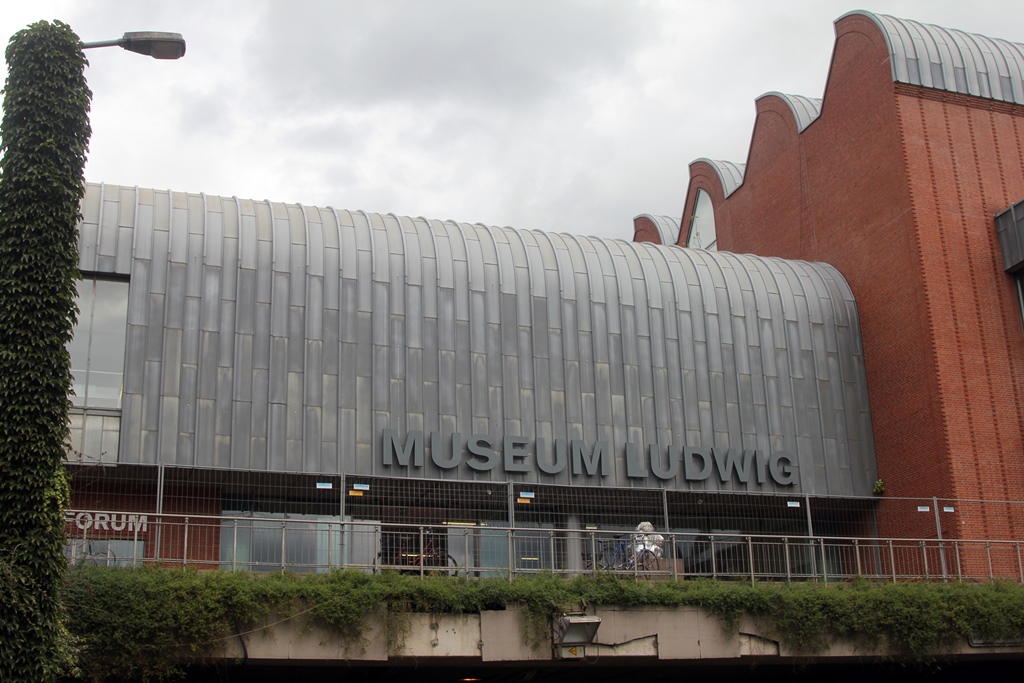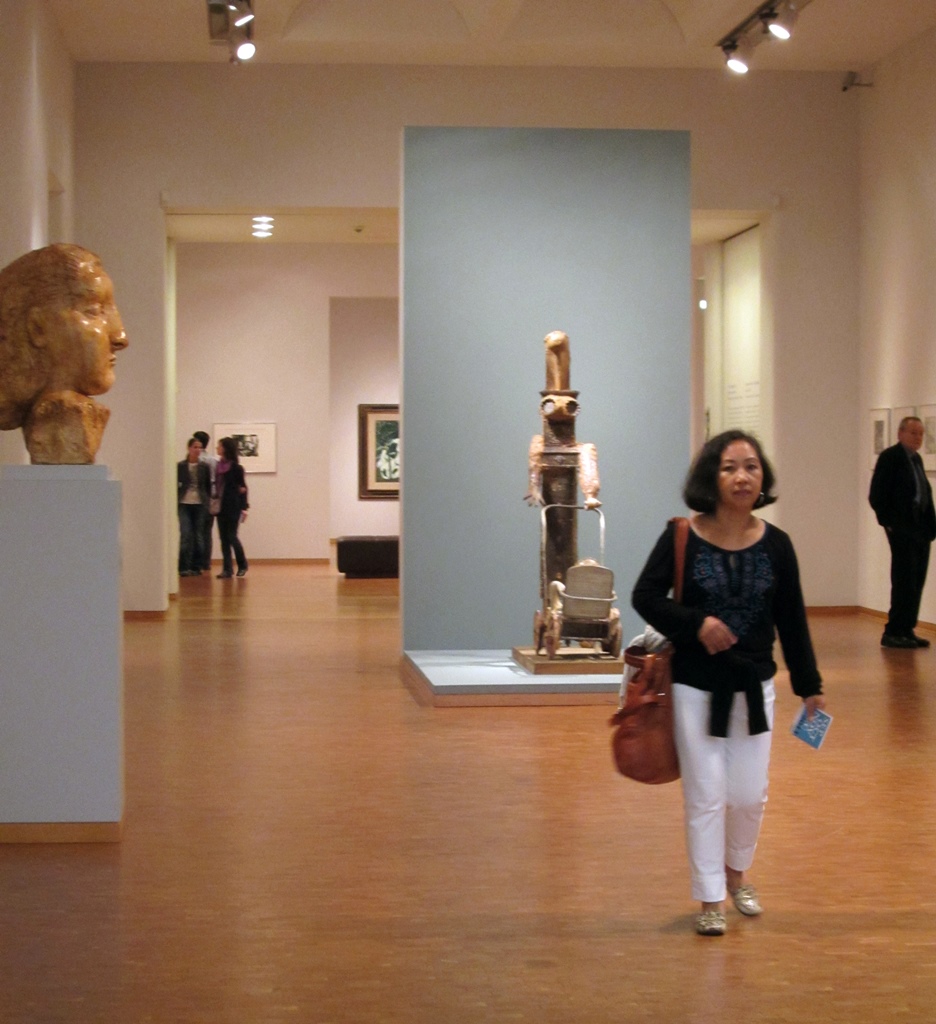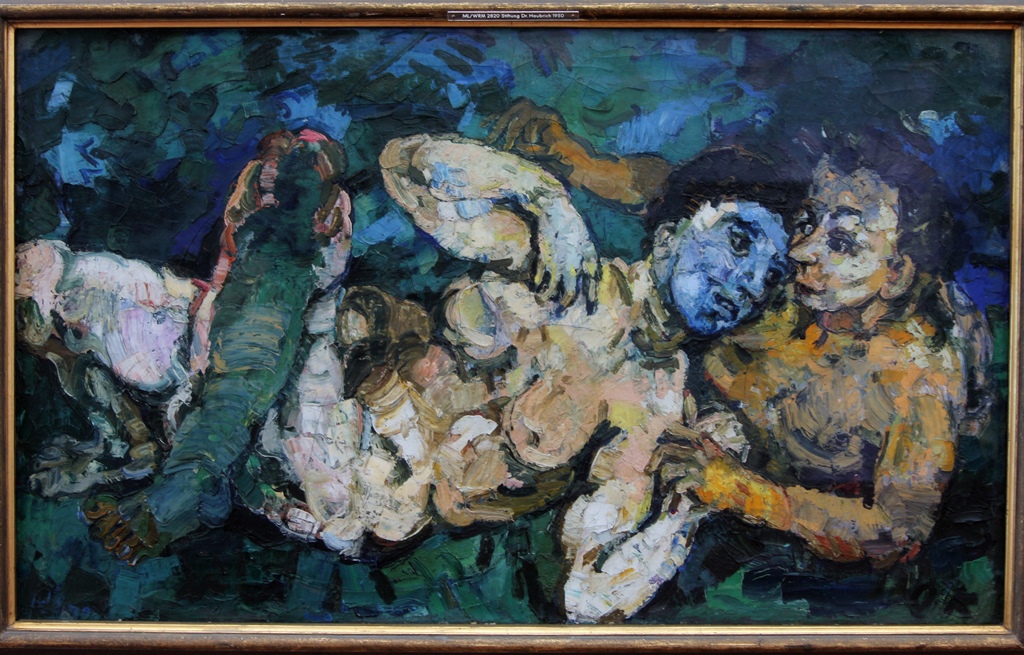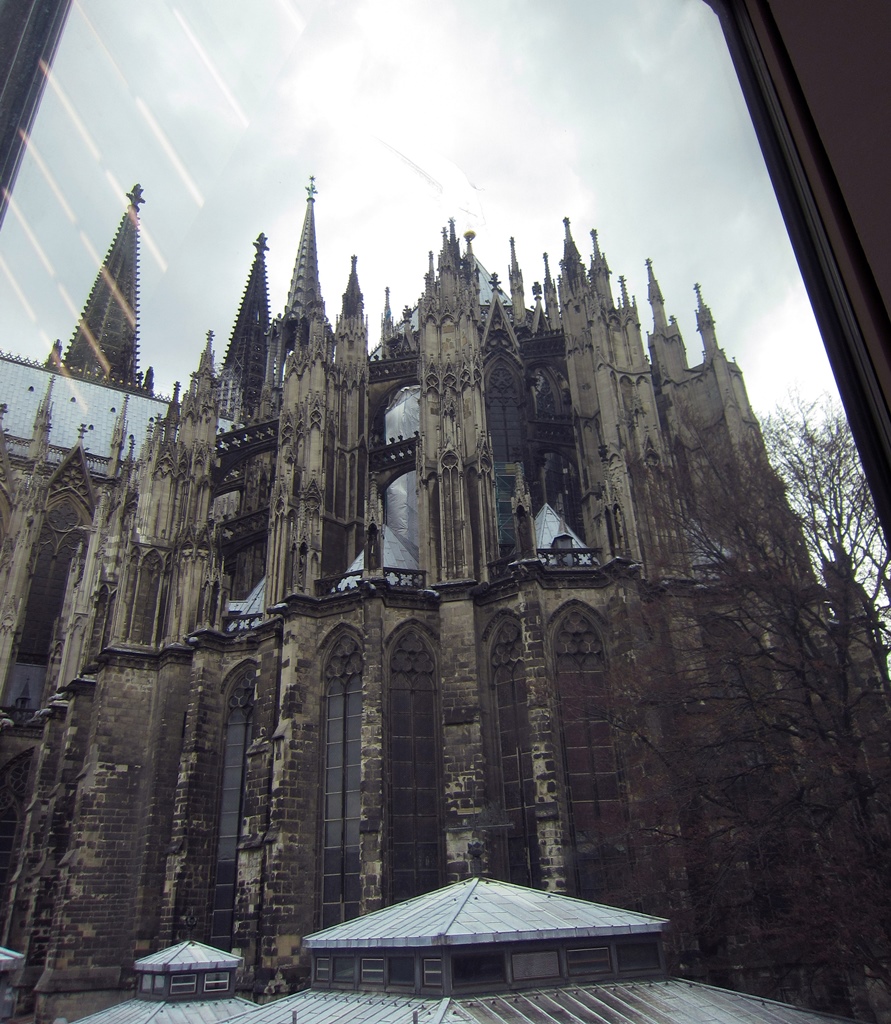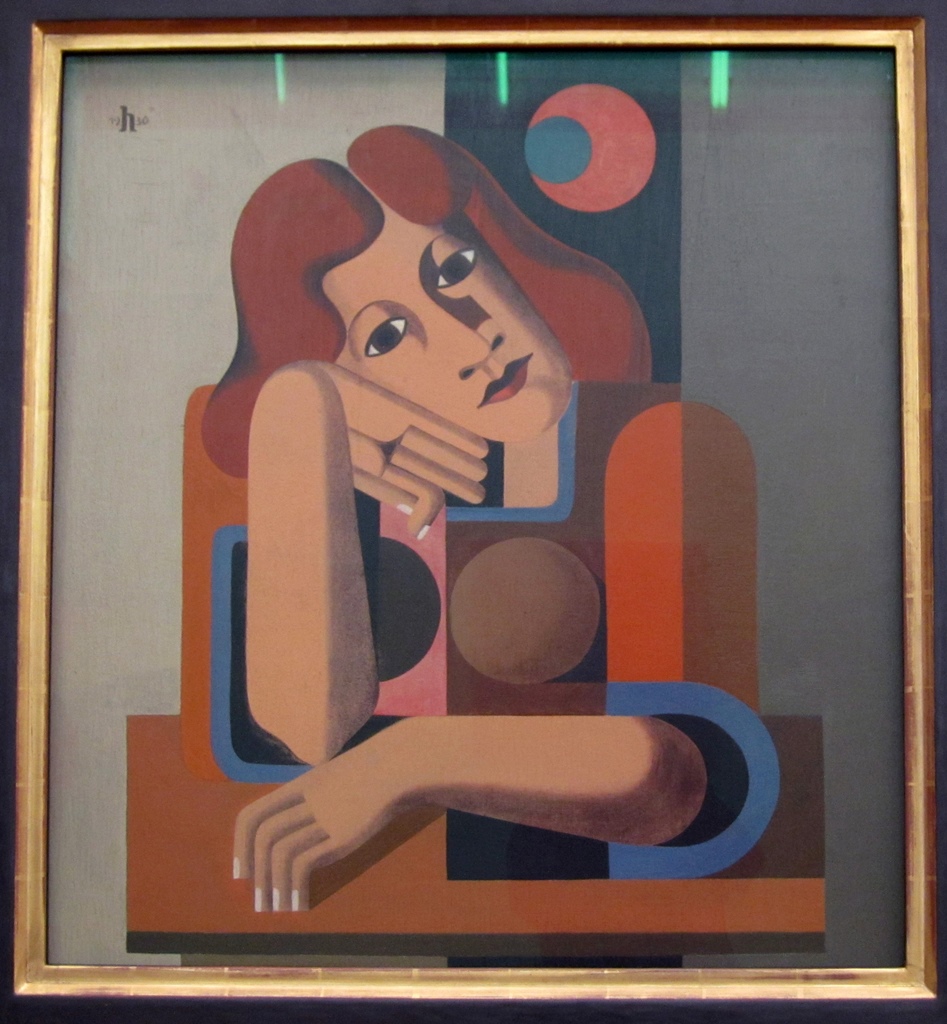Museum Ludwig
The Ludwig Museum was
established in 1976 for the purpose of displaying artworks
produced after the year 1900. It was named for Peter Ludwig, chocolate magnate
and art collector, and consists in large part of works donated from his
collection. Peter was not born into chocolate, but was a student of art
history. In 1951 he married Irene Monheim, the great-granddaughter of Leonard
Monheim, founder of the Trumpf Chocolate Company and successful applier of factory
techniques to chocolate-making. Peter joined the company and apparently had a
talent for chocolate management, as the company was eventually renamed for
him. With his ample resources, he and Irene, who shared his love of modern art,
together amassed an imposing collection. They were not selfish with this
collection, frequently loaning parts of it out to interested galleries and
museums. But in 1976 they struck a deal to donate 350 works to the city of
Cologne, which in return would establish a Ludwig Museum.
A building was completed in 1986 to house the museum, but it was also used to
display the collection of the Wallraf-Richartz Museum, which consisted mostly of
works created in centuries prior to the 20th (you’ll see more about this museum
later). In 1994 Peter and Irene donated a further 90 works, from their Picasso
collection, under the condition that the Wallraf-Richartz would be booted out to
find a building of its own. Peter did not live to see how this played out,
passing away in 1996, but a new place was found for Wallraf-Richartz, and in 2001
the Museum Ludwig reopened without a co-tenant. And in a fit of generosity, Irene
donated another 774 Picasso works. Additional works were given to the museum a
year after Irene’s death in 2010. While all this was going on, assorted purchases
and donations from other parties were also taking place, bringing about the sizable
collection that lives there now.
Finding the Ludwig Museum was a little tricky from the square south of the
Cathedral, as it was necessary to go around the south end of the Römisch-Germanisches
Museum. But it was pretty obvious once we got close, and we went in and paid our
money. There were some works near the entrance that stylistically looked like things
we’d seen before (in Paris and in the U.S.), for good reason – they were done by the
same artists.
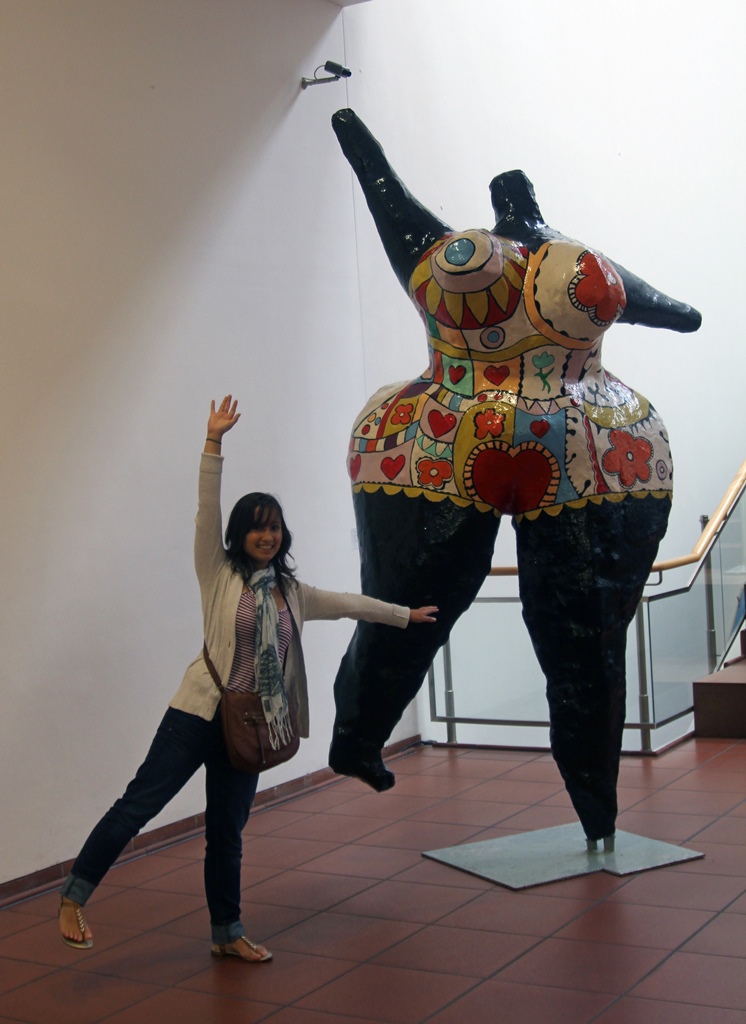
Connie and Black Nana, Niki de Saint-Phalle (1968-69)
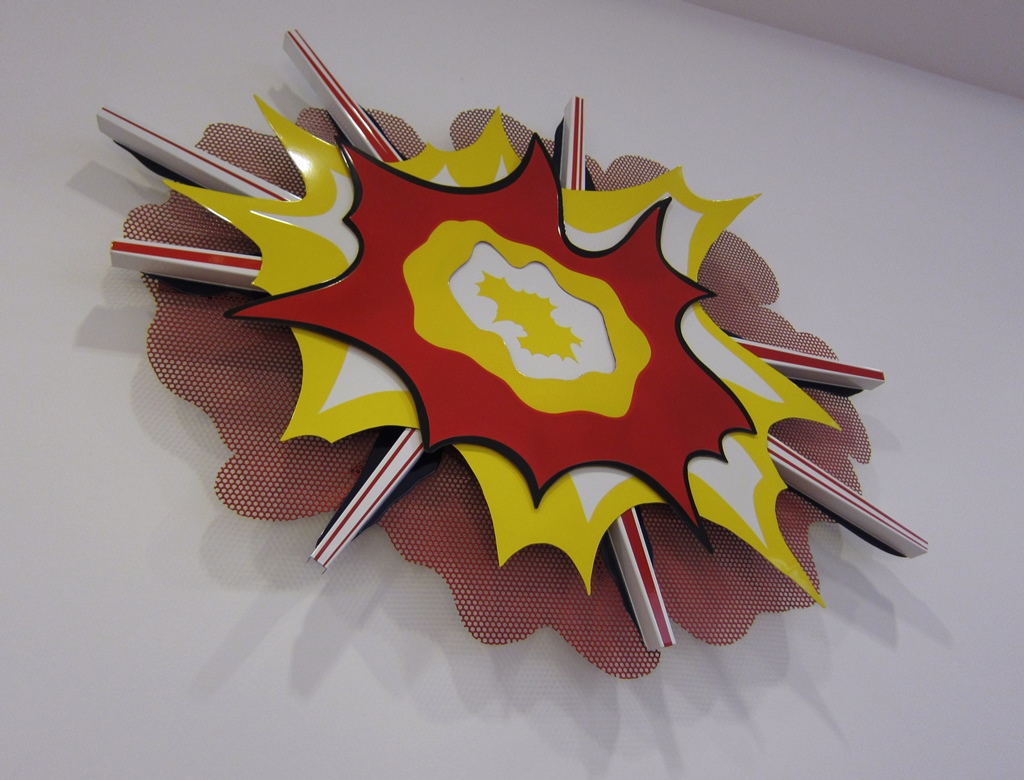
Explosion No. 1, Roy Lichtenstein (1965)
It didn’t take long to bump into the Picasso collection. With all the donations,
Cologne has the third-largest Picasso collection in the world, after Paris and
Barcelona. And not just paintings – Picasso worked in a number of media,
including ceramics:
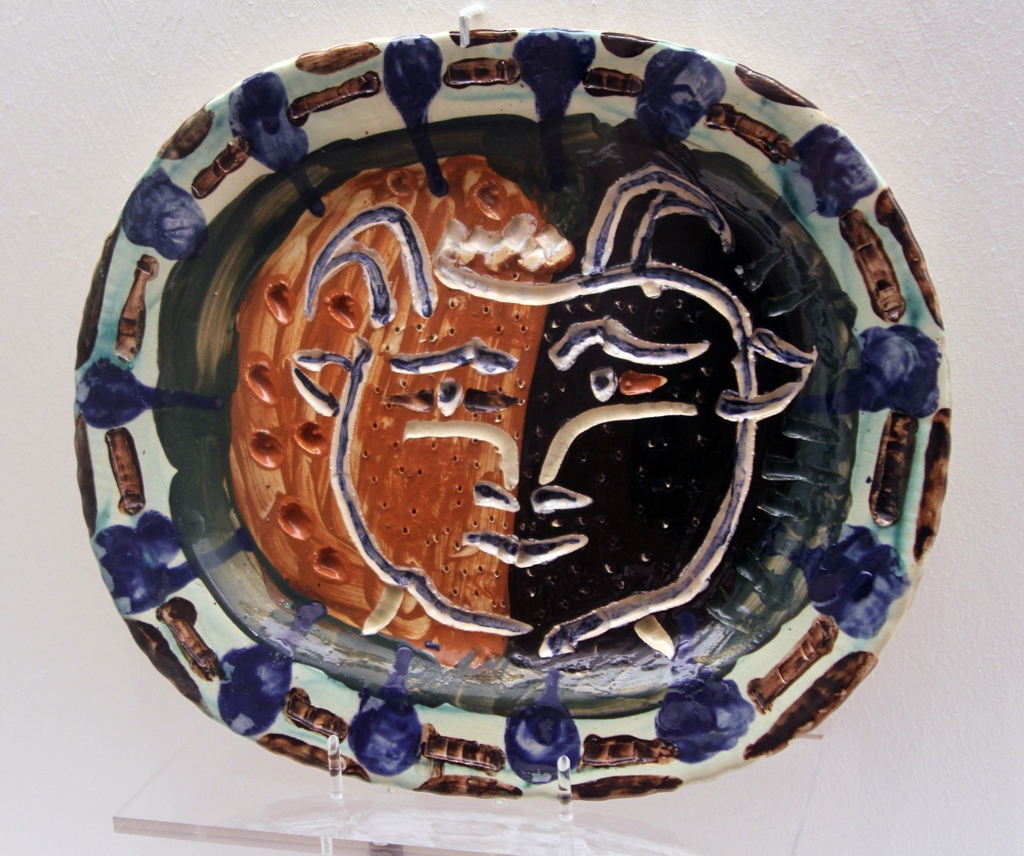
Oval Plate with Head of a Faun, Pablo Picasso (1947)
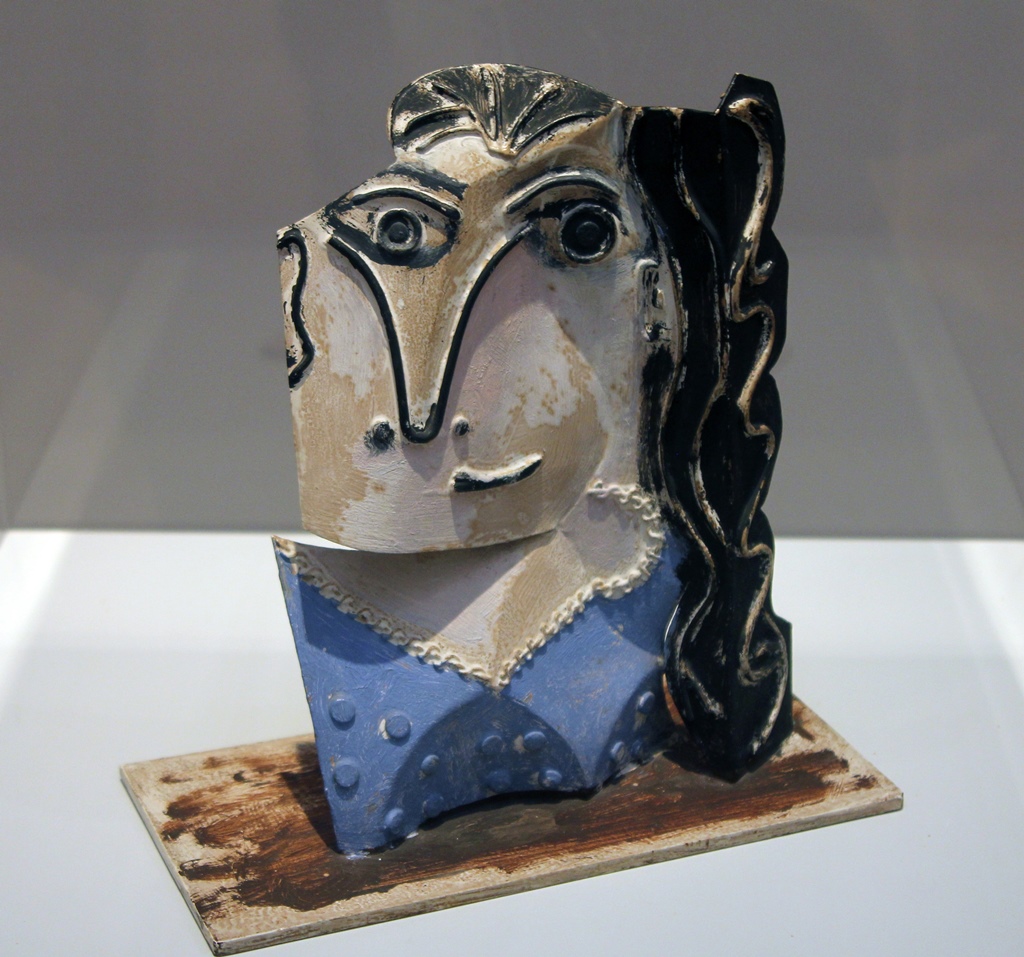
Bust of a Woman, Pablo Picasso (1962)
And of course there were a lot of paintings. Here are a few:
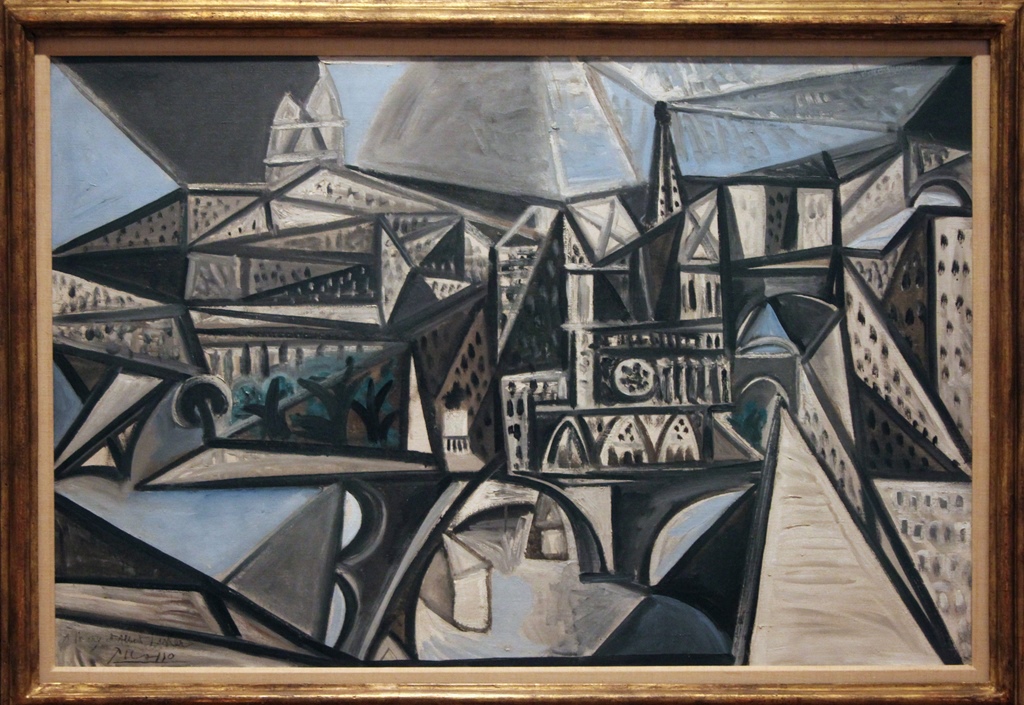
View of Notre-Dame de Paris, Pablo Picasso (1945)
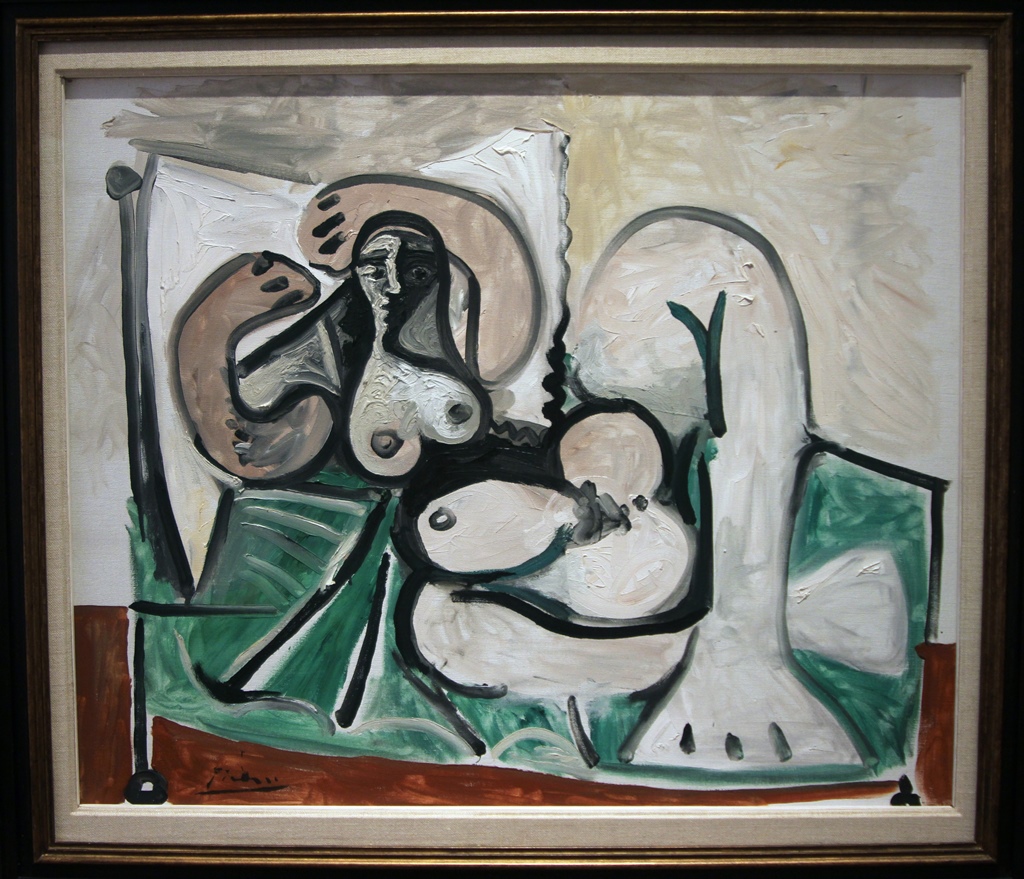
Woman Sleeping, Pablo Picasso (1960)
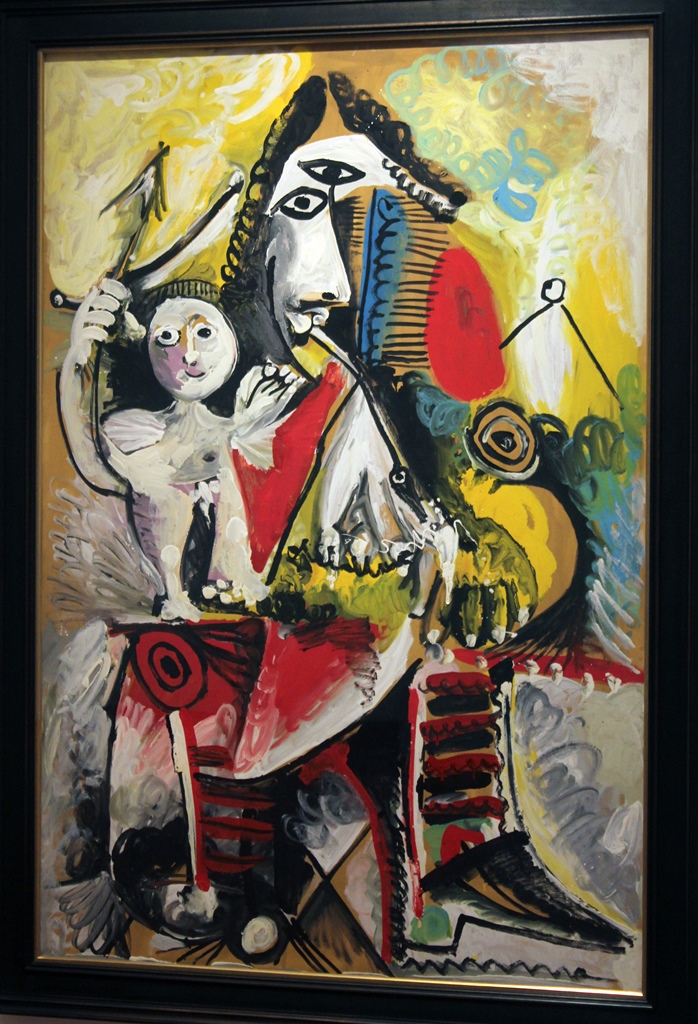
Musketeer and Cupid, Pablo Picasso (1969)
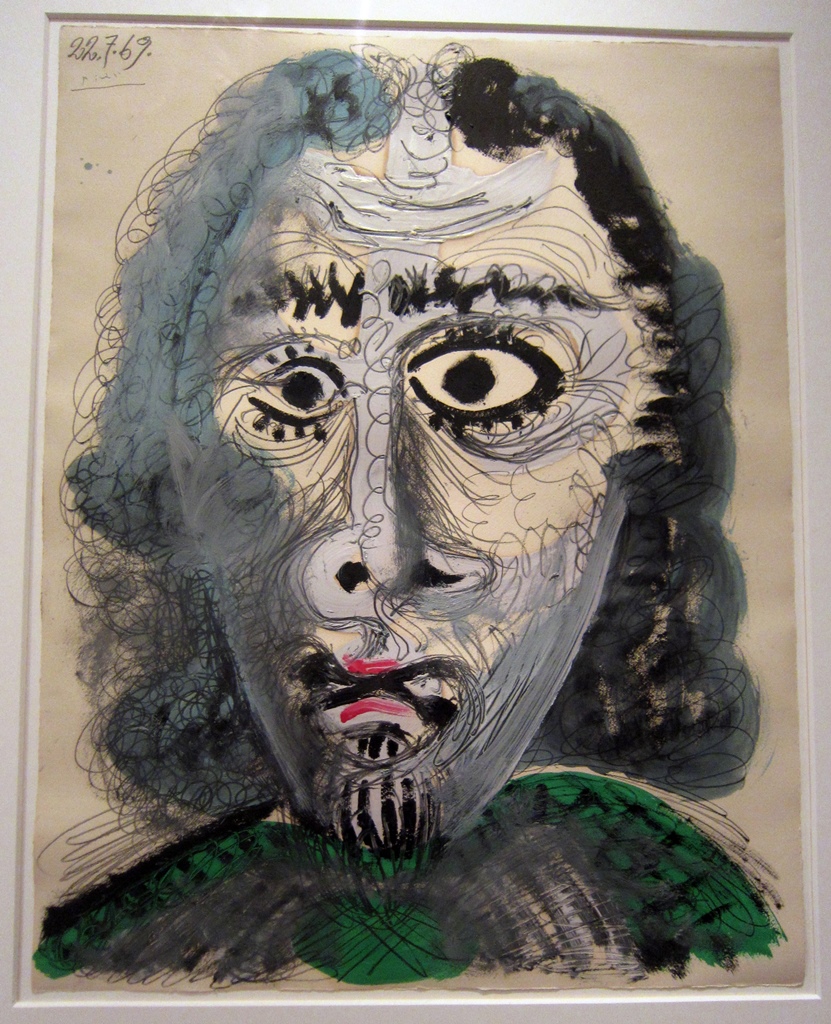
Head of a Man, Pablo Picasso (1969)
We continued through the museum, looking at the works on display.
Nella and Artworks
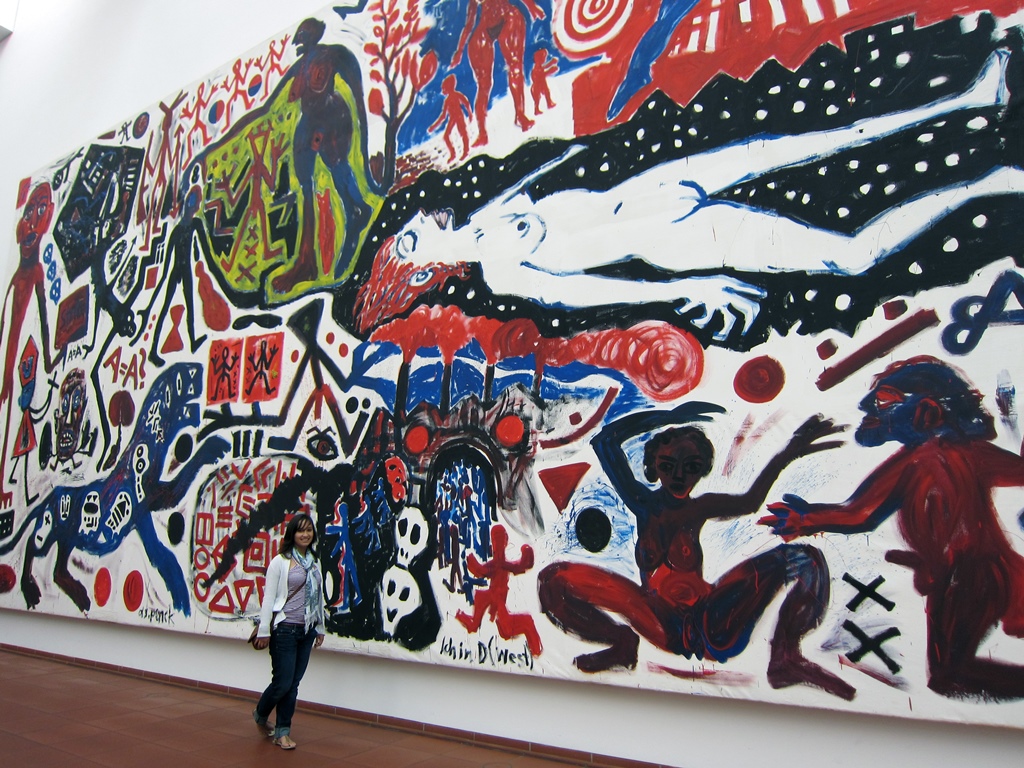
Connie and Ich in Deutschland (West), A.R. Penck (1984)
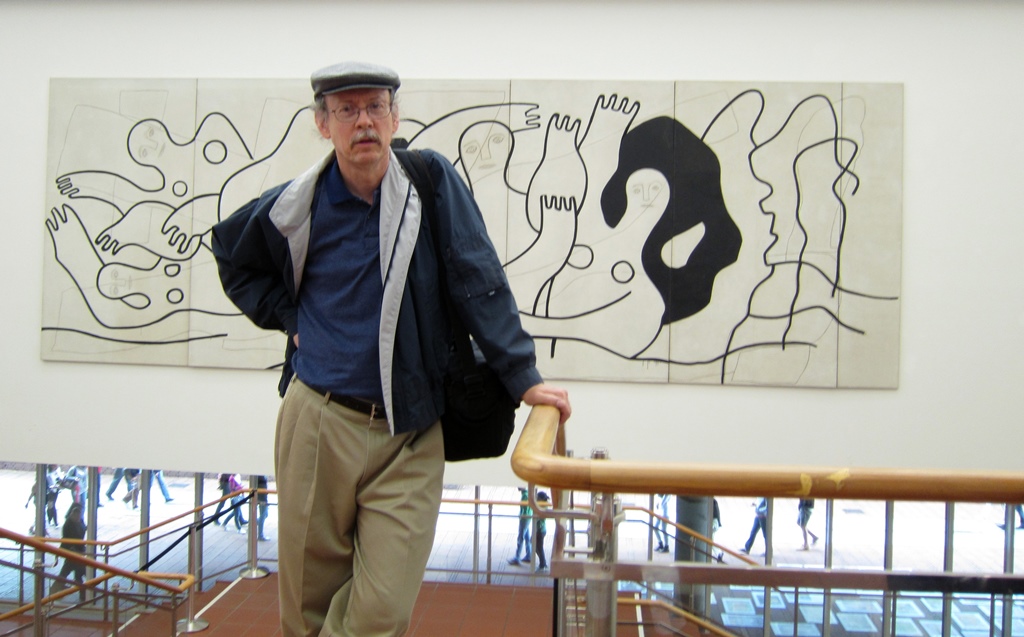
Bob and Painting
We came across a group of German Expressionist works.
The Heathens, Oskar Kokoschka (1918)
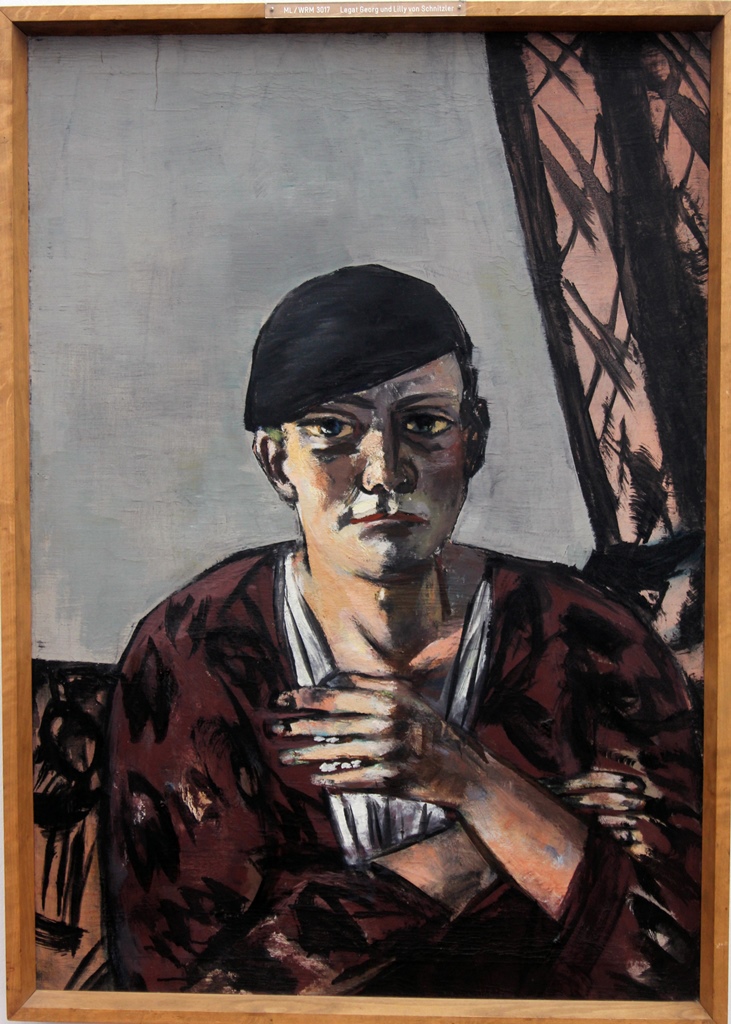
Self-Portrait with Black Cap, Max Beckmann (1934)
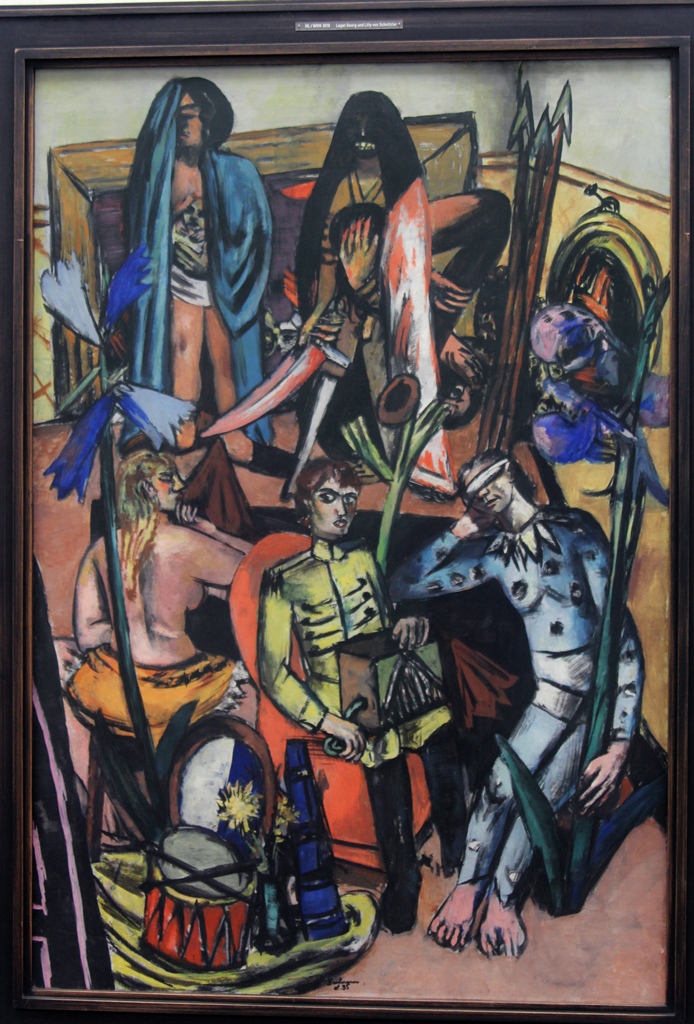
The Organ Grinder, Max Beckmann (1935)
Cathedral Through Window
The movement known as the New Objectivity, a reaction to Expressionism, was
also represented:
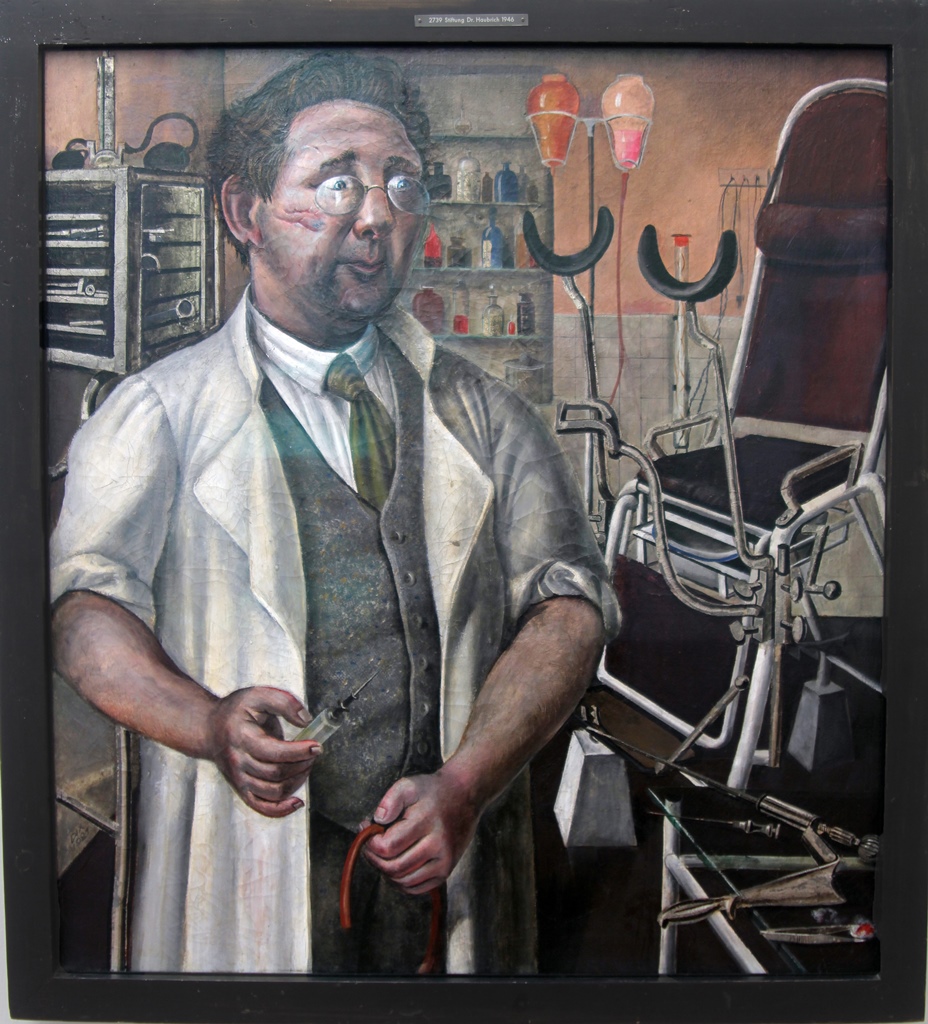
Portrait of Dr. Hans Koch, Otto Dix (1921)
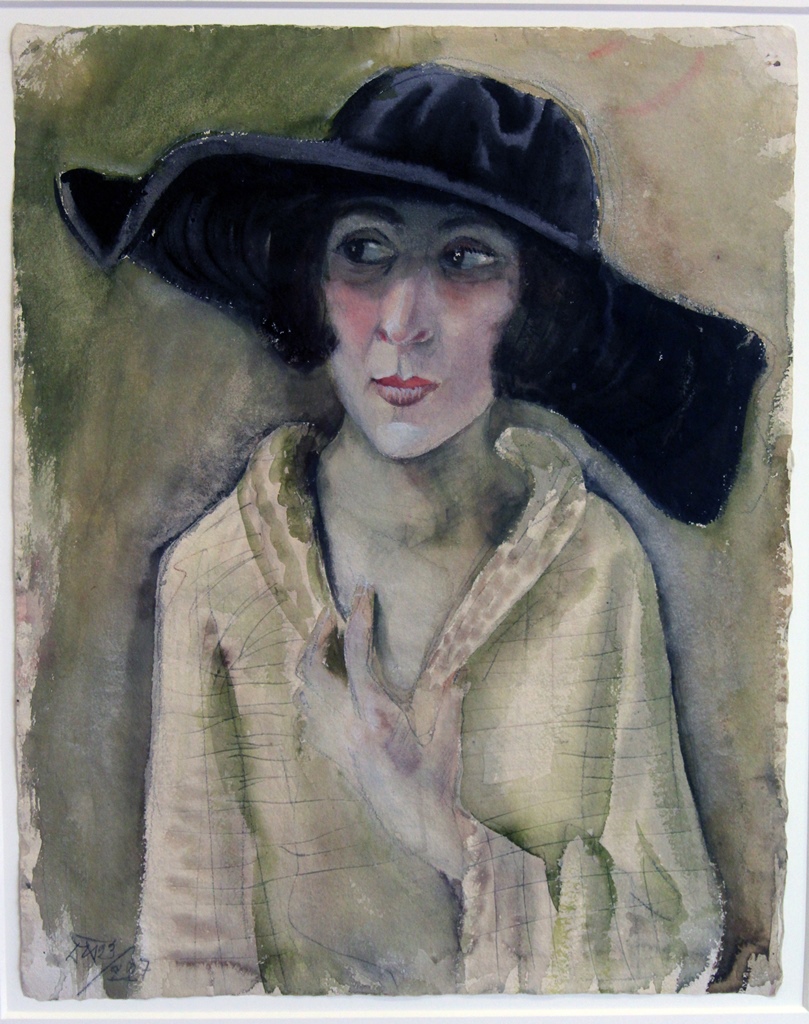
Portrait of Dr. Koch's Wife, Otto Dix (1923)
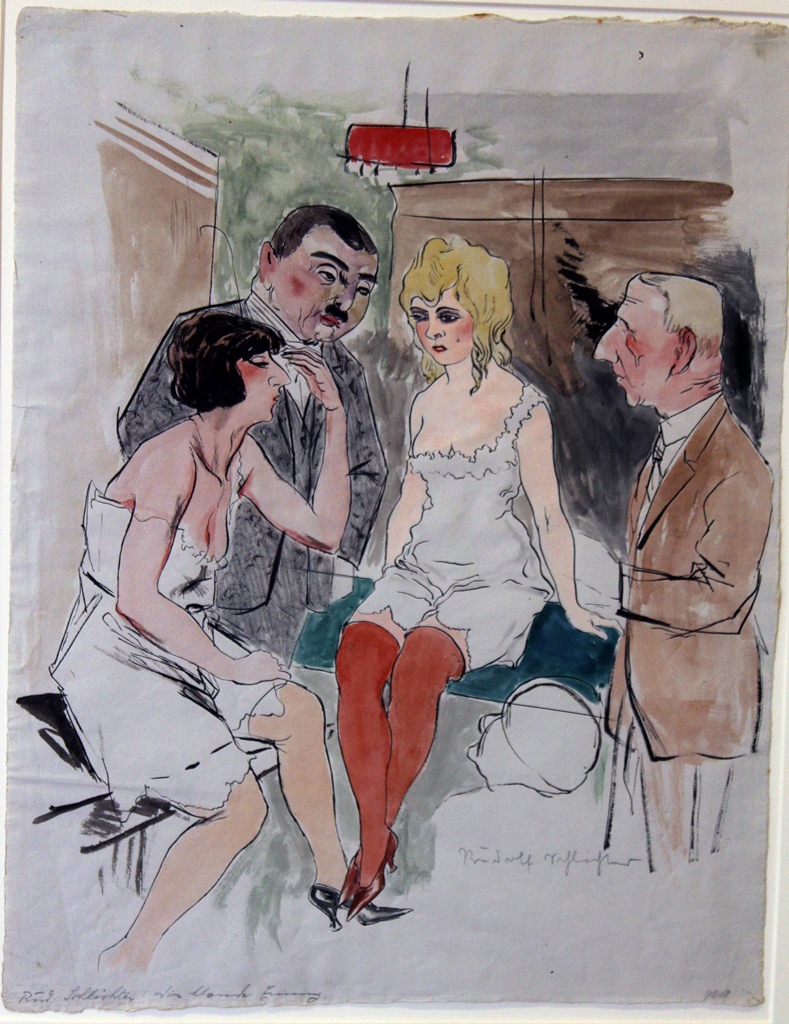
Blond Emmy, Rudolf Schlichter (ca. 1922)
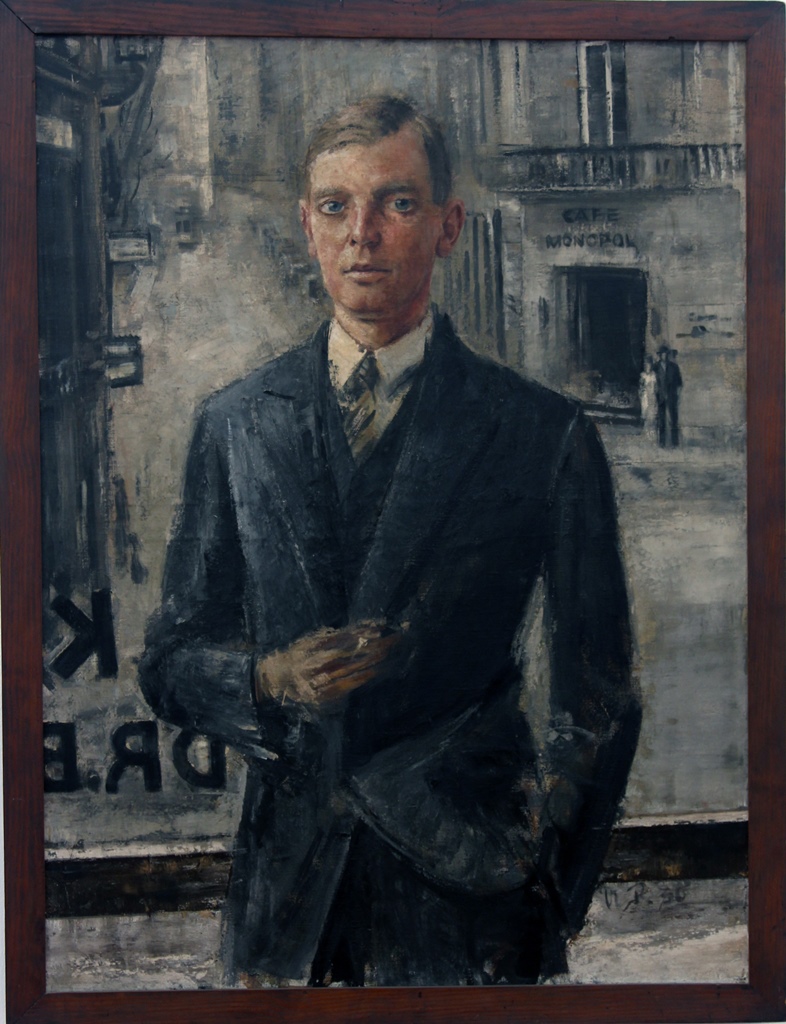
Portrait of Dr. Andreas Becker, Anton Räderscheidt (1930)
Melancholic Girl, Heinrich Hoerle (1930)
We came across a few more works from artists we’d heard of.
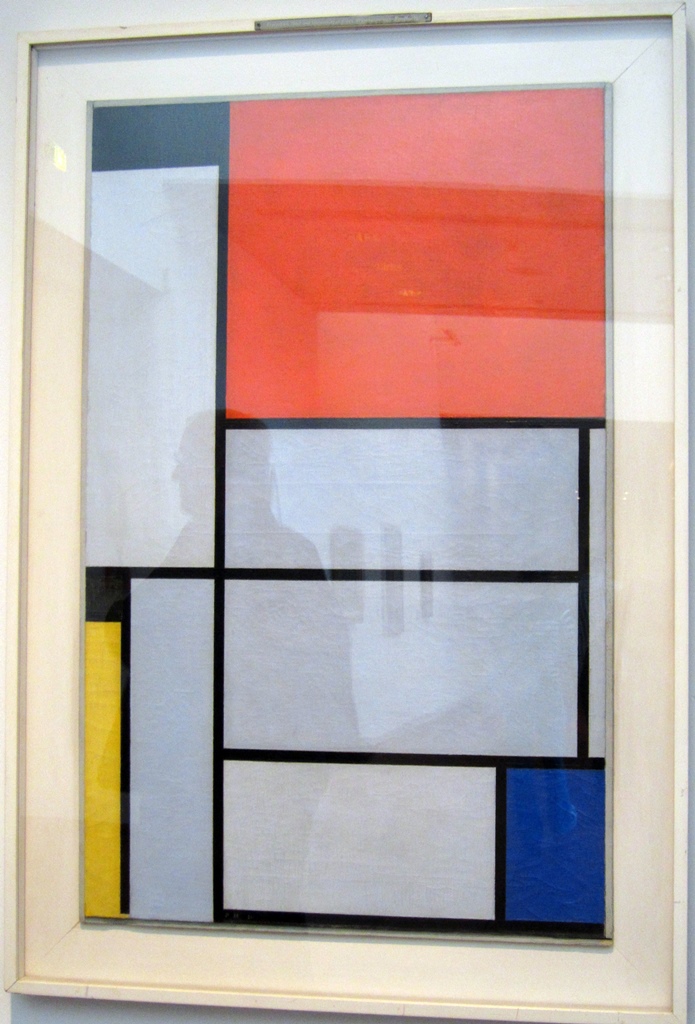
Tableau I, Piet Mondrian (1921)
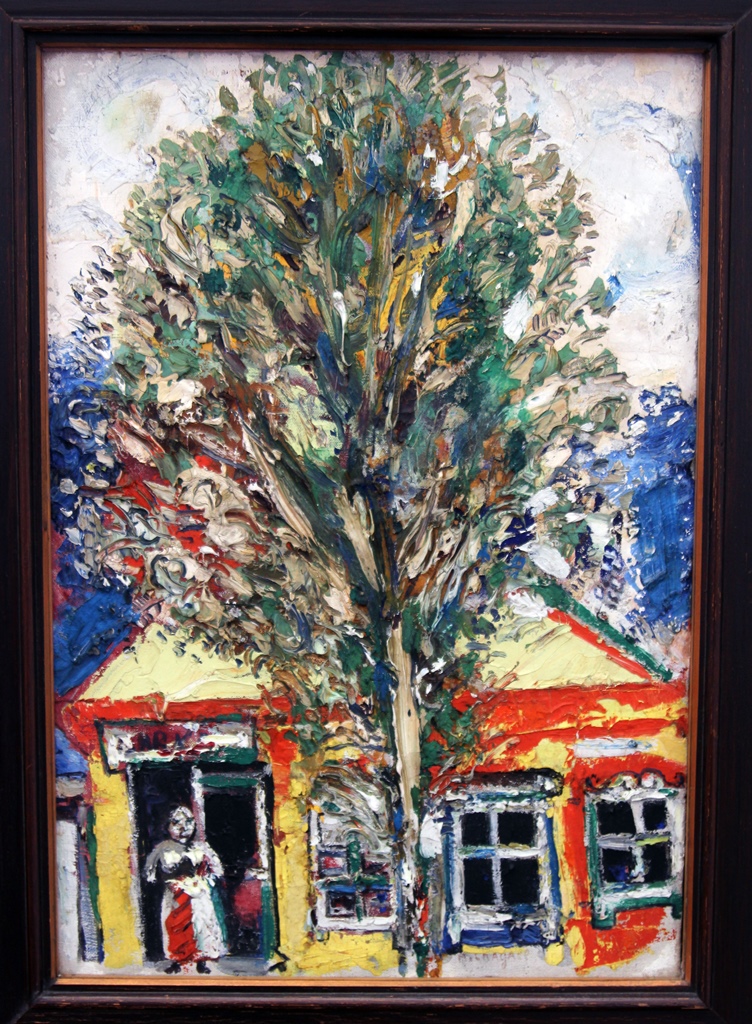
Yellow House, Marc Chagall (1924)
Having satisfied our thirst for 20th Century art, we now felt like looking
at something older. It was time to visit the Cathedral.

